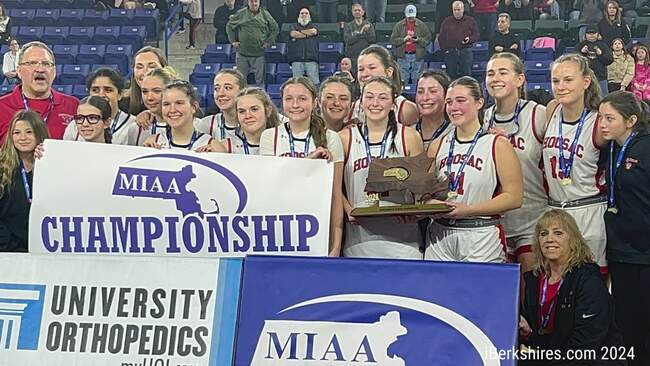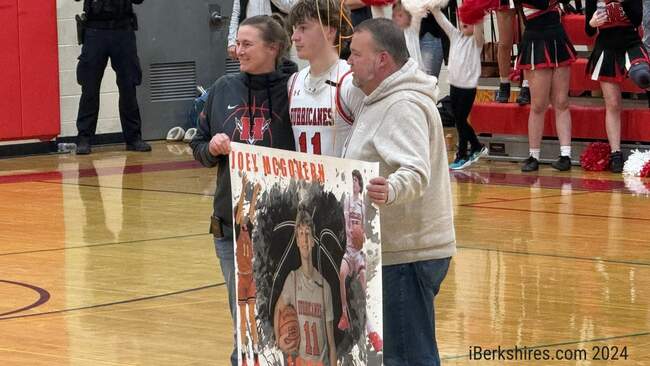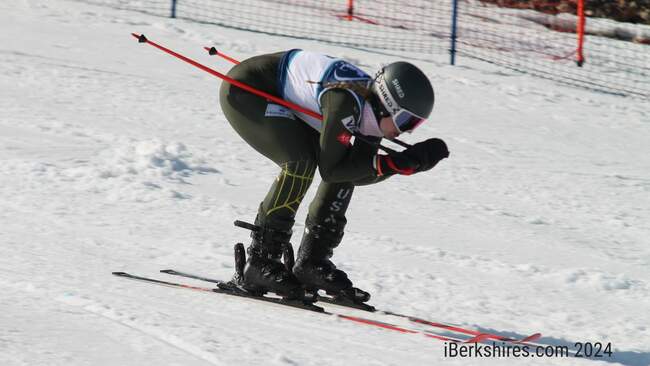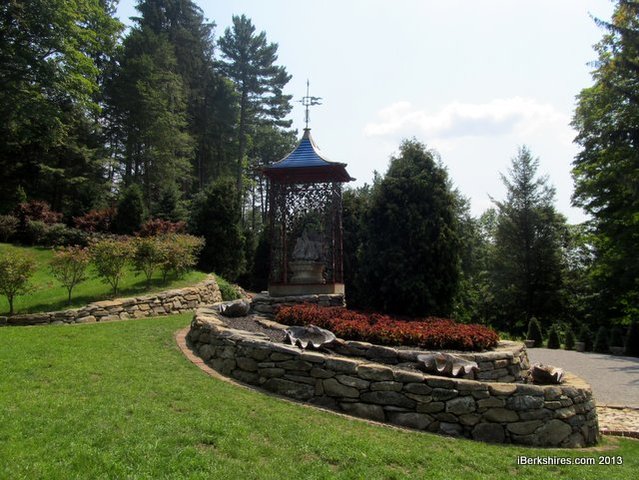
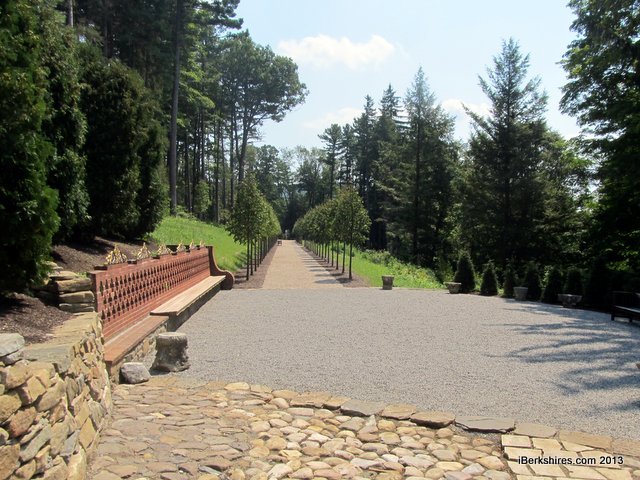
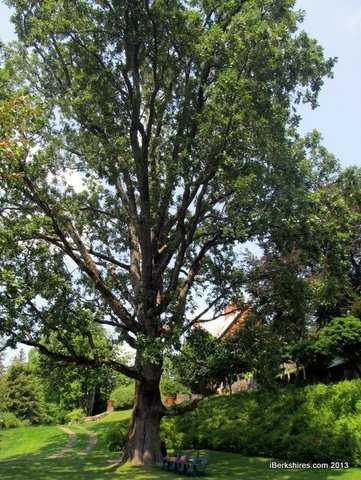
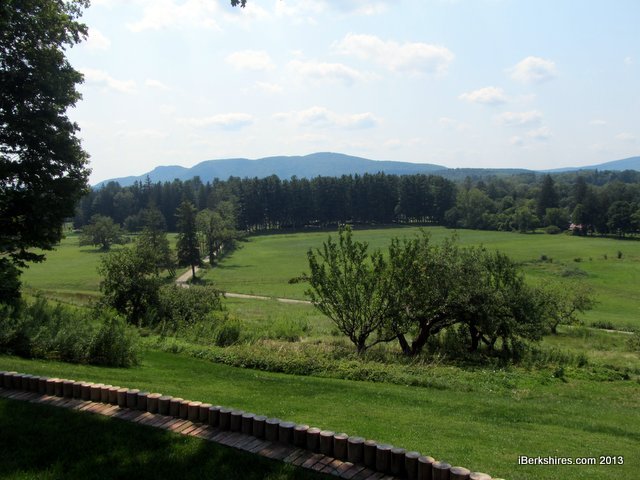
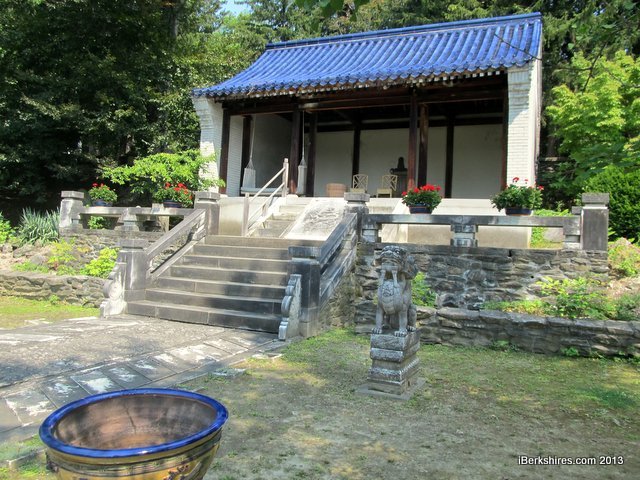
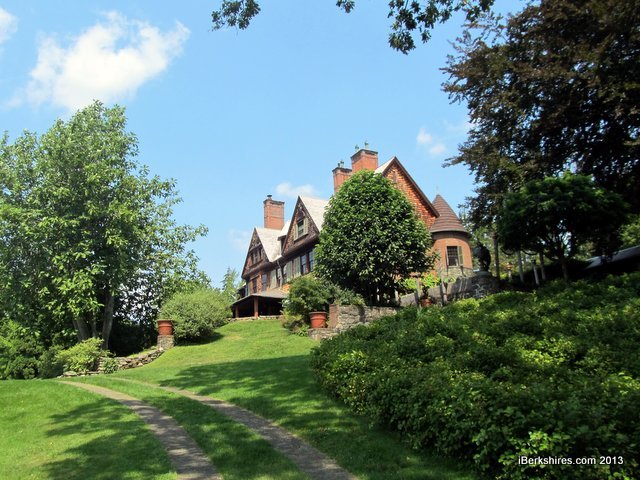
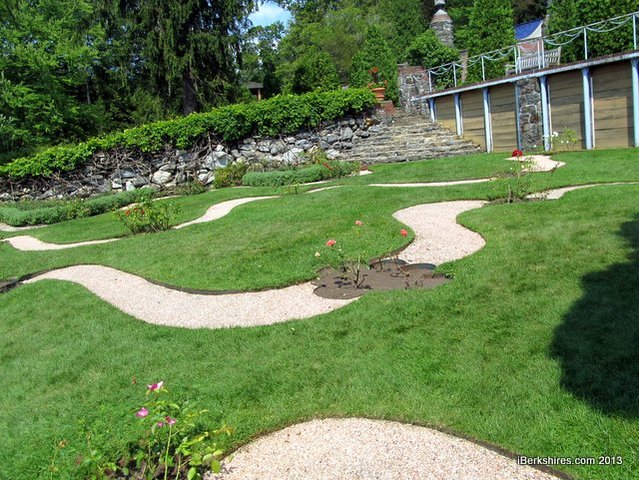
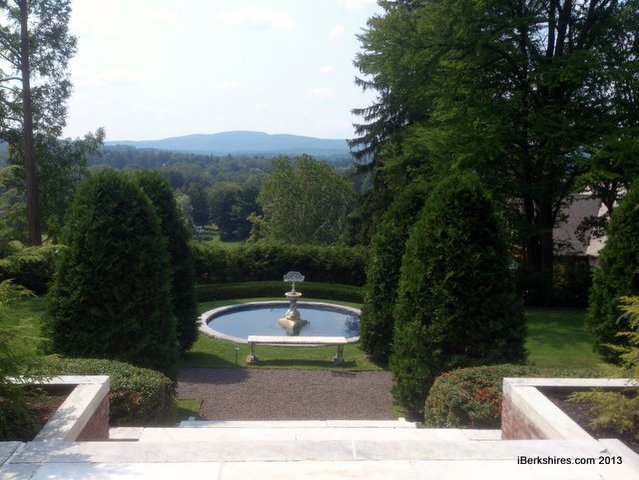
Naumkeag Completes Phase One Of Garden Restoration
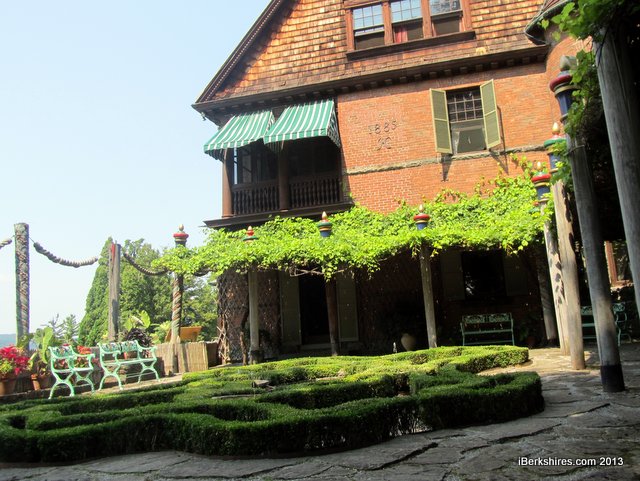 The Afternoon Garden of the mansion is set to be restored in a later phase of the project. The Afternoon Garden of the mansion is set to be restored in a later phase of the project. |
STOCKBRIDGE, Mass. — Naumkeag has completed the first phase of a $2 million renovation eyed to double attendance.
An anonymous donor gifted $1 million to the historic gardens last year with a provision that it is matched.
The property, owned by the Trustees of Reservations, dates back to 1885. Then owner Mabel Choate and landscape architect Fletcher Steele spent 30 years creating 8 acres of gardens.
"He was trying to raise landscape design to a level of art," said project manager Mark Wilson, adding that there are only few of Steele's gardens still open to the public.
Over the decades, the garden became overgrown, many of the original plants died and the infrastructure work deteriorated. The grant is giving the gardens a refreshed bloom on their vintage roots as the Trustees consult historic documents to restore them as they looked when first created.
"We're basing our work on archival evidence," Wilson said. "We made a decision to [restore it] back to the original plantings."
The first phase, just now concluding, focused on three garden spaces. This summer, more than 200 trees were removed and replanted and the irrigation systems have been replaced — bringing water to all of the gardens' fountains. The work has been labor intensive with tree removal, drainage and water replacement and then the planting of new trees. About a third of the work had been on the infrastructure while the rest was grading and replanting — "the stuff you can see."
"We put in close to a mile of water lines," Wilson said.
In the process, Wilson said the Trustees have had many "ah-ha" moments when removing trees because of improved scenery.
For example, in a section known as the pagoda, rocks had been placed in a spiral to create a three-dimensional appearance, but the area had been overgrown. A path nearby had been too grown in for the public to walk and trees planned to be low to screen the outside had grown so high that only the trunks were showing. Restoring those portions to the original view enhances the impact of the garden, Wilson said.
"Everything is meant to be seen from all around and to explored," Wilson said. "We want to bring back every detail."
The stone walls were rebuilt or repointed and younger trees were planted. During the restoration, the Trustees discovered an Alpine garden that was documented in Steele's writings but lost for years in the garden's overgrowth. The Alpine garden is now on the list to be restored next year.
The most notable feature of the garden is the "Blue Steps," a concrete descent featuring winding stairs and water fountains. Wilson said masonry was repaired and the notable blue paint was matched to the original color. Another notable "Linden Walk" received 70 new linden trees to line the walkway of benches and statues. One of the sculptures had been completely rebuilt using the mold from the studio that created it.
But those improvements are only one phase of the project. The next phase will focus on the Afternoon Garden, the first built, which features gondola poles, a statue and water feature. That part is expected to take nine months — compared to just three months on the first phase.
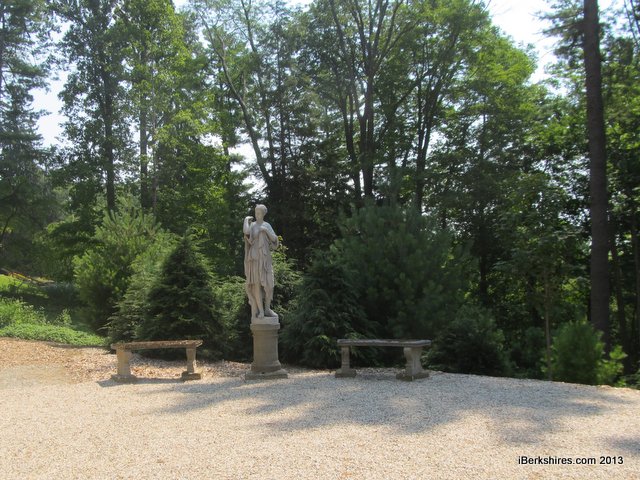 This statue has been rebuilt while the trees behind it were replaced to screen the background. This statue has been rebuilt while the trees behind it were replaced to screen the background. |
Overall, nearly all of the gardens will be restored in five phases. The remaining phases include the restoration of a Chinese garden and Choate's original flower gardens.
"The first three phases are the intense ones," Wilson said. "Four phases will focus on the main, formal gardens and the last will be rebuilding the farm and pasture areas."
The Trustees have raised $750,000 of the $1 million needed to secure the grant. Recently, it received a boost from the Massachusetts Cultural Council with a $130,000 grant and Stockbridge has contributed $35,000 in Community Preservation Act funding. The gardens have received multiple in-kind and private donations as well as holding fundraisers.
The entire project is expected to be completed within five years.
Wilson said the Trustees hope the restored garden will double attendance, and thus allow for more programming and longer hours. Currently between 10,000 and 12,000 people visit the gardens each year.
Famed New York attorney and diplomat Joseph H. Chaote and his wife, Caroline, purchased the land and built the mansion because they liked to picnic under an oak tree on the property. The tree's been preserved with annual arborist inspections and lightning rods.
Their daughter, Mabel Choate, inherited the property in 1929 and, as an avid gardener, began her flower gardens. She later met Steele at a Lenox garden club meeting and they teamed up to expand the gradens. Steele, a Williams College graduate, studied landscape design under Frederick Law Olmsted Jr. He was a board member on the Trustees of the Reservation and Choate, who wanted to make sure the garden was preserved, donated the property along with an endowment to the Trustees in 1959.
Tags: gardens, historic preservation, restoration, Trustees of Reservations,

